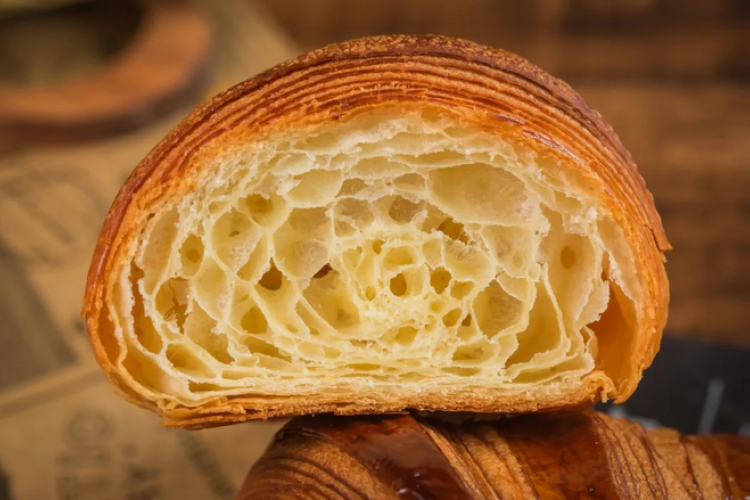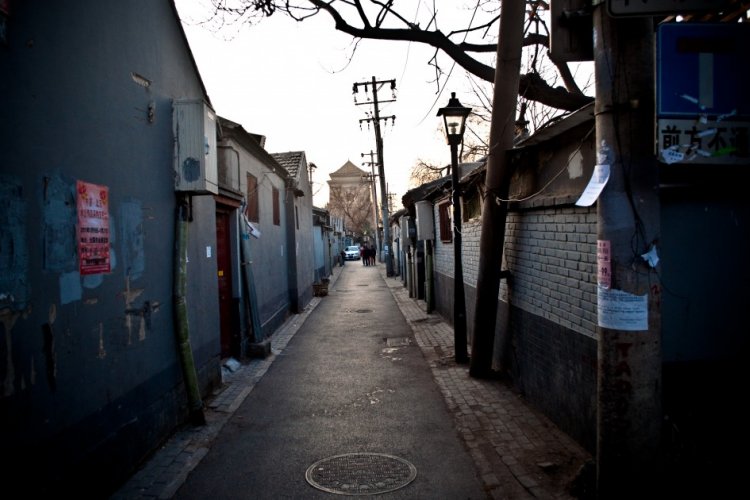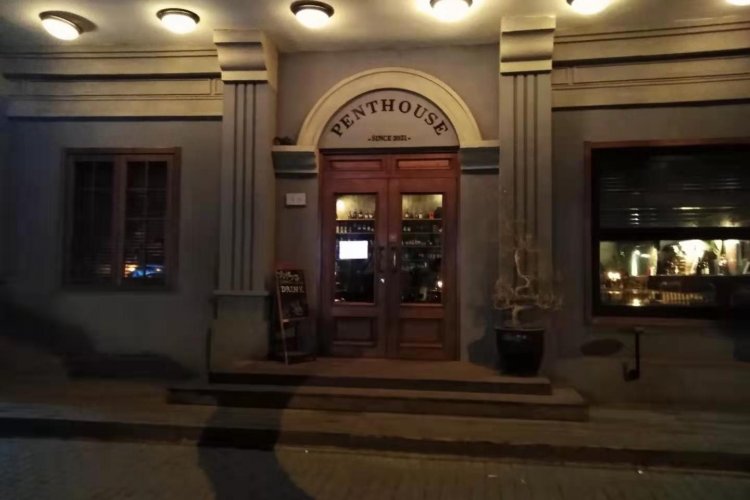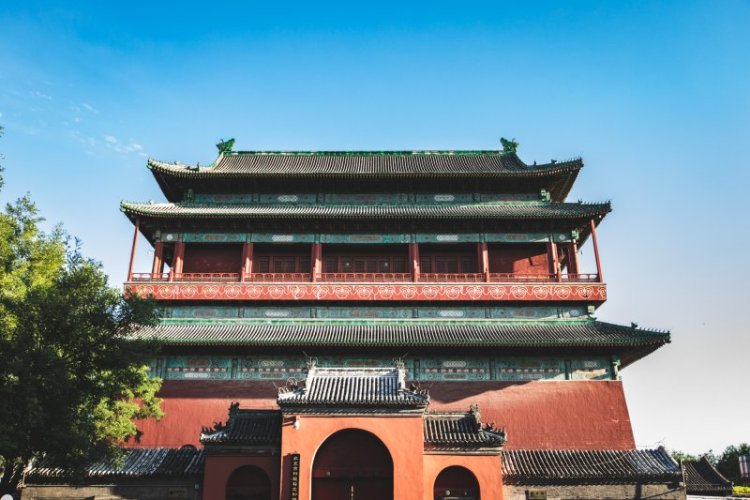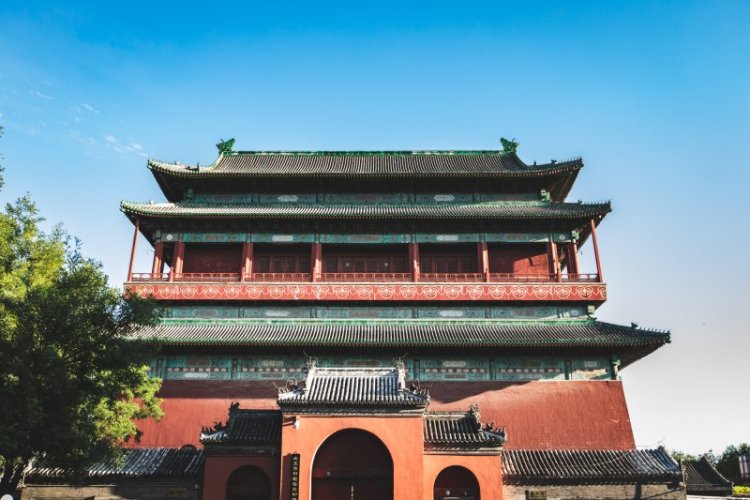CHP Gulou Proposal: An Alternative to Wholesale Demolition
Back in January theBeijinger.com was one of the first English-language news outlets to report on plans to redevelop Beijing’s historic Gulou area and replace the hutongs with a “Time Cultural City.” Since then a public meeting on the redevelopment called by the Beijing Cultural Heritage Protection Center (CHP) in March was forcibly canceled by police and the wrecking balls have started swinging, with much of the area north of Gulou already destroyed. The CHP hasn’t given up the fight however, and late last week they released a long official statement outlining an alternative plan to wholesale demolition.
The redevelopment of Beijing’s hutongs is a complex issue. As the CHP statement acknowledges, some residents are only too happy to move out of overcrowded, unheated courtyard housing into more modern apartments. The CHP quotes several comments left on their site like this one: “Are we residents ornaments? Is this a zoo? Are our lives simply for foreign tourists to gawk at? Who of you has cared about our lives? If you stay for one day you’ll think it’s great, but how about living here for 10 years? This is a horrid location!”
On the other hand, many Beijingers have an attachment to the ancient alleys stretching back over generations. As the CHP argues, the current dilapidated state of much hutong housing is a result of governmental neglect and uncertainty over the future of old neighborhoods, as opposed to inherent problems with the city’s ancient areas.
Rather than forcibly relocating all residents, flattening the area and building an ersatz “ancient” zone a la Qianmen, the CHP proposes a “Caring for the Drum and Bell Tower” rejuvenation project, developed according to the following principles:
–“Proactive and reliable measures to improve living standards should be adopted. Residents should have the opportunity and right to choose if they want to live in the hutongs, and the government should both bring about this opportunity and protect this right. The government should also guarantee the basic living conditions of residents by increasing affordable housing options to satisfy local residents’ basic needs. Taking drastic measures is not a sustainable solution to ease the pressures on local residents.”
–“Gulou should develop a creative business base that is closely linked to the cultural heritage of the neighborhood. Businesses should be mainly developed by local residents with the government’s encouragement with beneficial policies. A thriving creativity industry, however, can only be built on a firm cultural foundation, arising out of centuries of heritage, such as in neighborhoods like Gulou. In Europe, for example, many cities and towns are centers of cultural creativity, but have successfully preserved not just their major monuments, but also the neighborhoods.”
–“The future of this area also affects many different society groups: residents, shop owners and businesses, the general public, tourists and the government. These groups need to be heard. By organizing a series of international seminars, a range of ideas and sustainable methods could be assembled, and the government could show that it has truly taken ‘reform and opening’ to heart. A series of public discussions and forums for residents, where popular opinions could be heard and adopted, would be a true case of civic participation. The establishment of Caring for the Drum and Bell Tower rejuvenation project steering committee with the full and fair participation of residents, scholars, media, the public and government would be a landmark step in the advancement of Chinese society.”
You can read the full text of the CHP’s detailed statement and proposal here.
Later this week theBeijinger.com will feature an interview with cultural conservationist and CHP founder He Shuzhong.
If you would like to hear more about preservation in Beijing, the CHP has an English-language roundtable event on May 23 at Capital M. See here for details.

